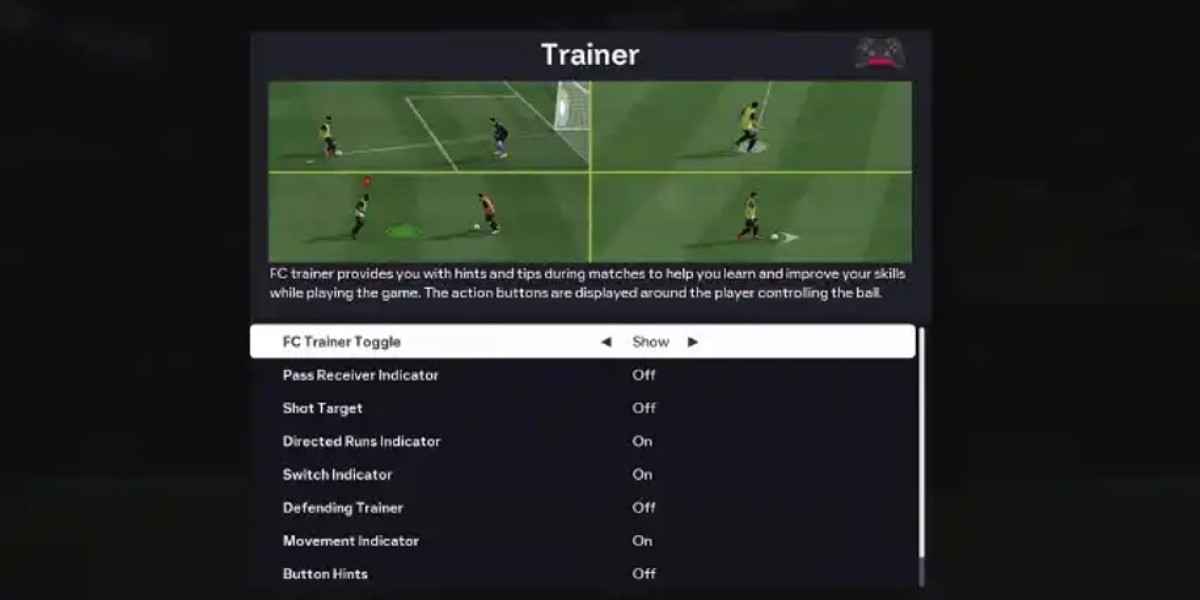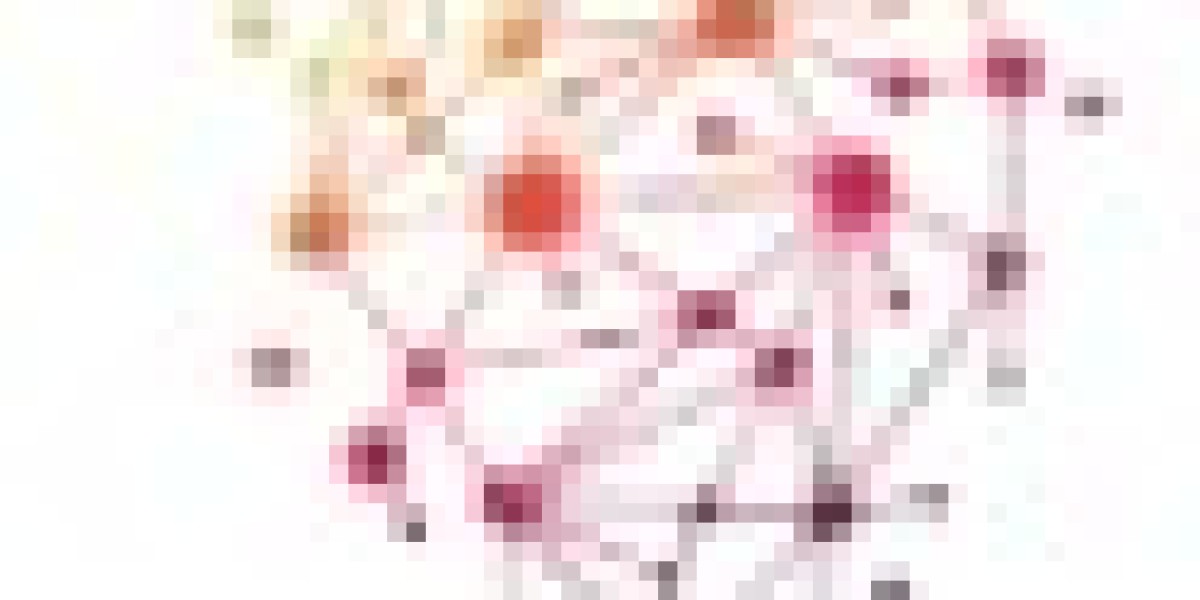Introduction: More Than Just Shine
If you’ve ever looked at your car under the Virginia Beach sun and noticed light scratches, swirl marks, or a dull finish, you’re not alone. These imperfections are the silent enemies of your vehicle’s appearance — and they’re exactly what paint correction was designed to fix.
As a detailing enthusiast who’s worked on everything from weekend cruisers to daily drivers, I’ve seen one truth hold up: most people underestimate how transformative proper paint correction can be. It’s not just about gloss; it’s about restoring depth, reflection, and pride in your ride.
What Is Paint Correction, Really?
Paint correction is a multi-stage process that removes surface imperfections from a vehicle’s clear coat — the thin, transparent layer that protects the paint underneath. Common flaws include:
Swirl marks from improper washing or drying
Oxidation from UV exposure (especially in coastal areas like Virginia Beach)
Water spots and etching from minerals or bird droppings
Fine scratches caused by road debris or automatic car washes
The correction process involves machine polishing with abrasive compounds, gradually refining the surface until those imperfections are leveled out. The goal isn’t to “fill in” damage but to physically remove microscopic layers of clear coat for a smooth, mirror-like finish.
Step-by-Step: How Paint Correction Works
Every professional detailer has their own method, but here’s a simplified breakdown of the standard approach:
1. Thorough Wash and Decontamination
Start with a pH-neutral wash to strip away waxes and grime. Then, use a clay bar or clay mitt to remove embedded contaminants that washing alone can’t touch — like tar, rail dust, or industrial fallout.
Insider Tip:
If your microfiber towel “grabs” the paint after washing, it’s not clean yet. A properly decontaminated surface should feel like smooth glass.
2. Inspection Under Proper Lighting
Use a high-intensity inspection light to identify problem areas. Sunlight works, but a detailing light reveals far more — especially in shaded garages.
A common mistake I’ve noticed is skipping this step entirely. Many DIY detailers dive straight into polishing without realizing where the true defects are. That often leads to uneven results or over-polishing certain panels.
3. Compounding: The Heavy Lifting Stage
This stage uses a more aggressive abrasive (compound) with a firm pad to remove deeper defects. It cuts faster but leaves a slightly hazy finish — which is fine, because the next stage fixes that.
4. Polishing: Refining the Gloss
Polishing smooths out the micro-marring left by compounding, bringing clarity and depth to the paint. This is where your vehicle begins to truly shine, often better than when it rolled off the lot.
5. Protection: Sealing the Work
Once the paint is corrected, it’s crucial to protect it. Sealants, waxes, or ceramic coatings help lock in the gloss and defend against new scratches.
According to detailing professionals in Paint Correction Virginia Beach, applying a ceramic coating after paint correction not only enhances gloss but also extends the results for years — especially in the city’s humid, salt-laden climate.
Why Paint Correction Matters in Virginia Beach
Living near the coast has its perks — scenic drives, ocean air, and mild winters — but it’s also tough on automotive finishes.
Salt air and humidity accelerate oxidation.
Sand particles can act like fine sandpaper on paint.
Strong UV exposure fades and weakens clear coats faster than inland regions.
For car lovers in Virginia Beach, paint correction isn’t just vanity; it’s preventive care. A corrected and sealed surface is more resilient against the local environment, making future washes easier and safer.
Common Mistakes to Avoid
Even well-meaning enthusiasts can make costly errors. Here are a few I see often:
Using the wrong pad and compound combo – Not every paint system reacts the same way. Soft paints (like on many Japanese cars) can haze easily if you use too aggressive a combo.
Skipping test spots – Always test your pad and compound on a small section before doing the whole panel. What works on one car may not on another.
Over-polishing – Every round of correction removes clear coat. Do it too often, and you risk thinning the layer that protects your paint.
Poor washing techniques afterward – Using dirty mitts or rough towels can undo all your hard work in one wash.
Personal Observation:
One of the biggest mistakes I’ve seen — and even made early in my career — was assuming that “more product equals better results.” In reality, less is often more. Too much compound can gum up your pad, cause micro-marring, and waste time buffing residue.
Tools and Products Worth Having
You don’t need a professional-grade arsenal, but investing in a few essentials makes all the difference:
Dual-action polisher: Safer for beginners and pros alike.
Microfiber cutting and finishing pads: Offer consistent results without excessive heat.
Quality compounds and polishes: Meguiar’s, Menzerna, and CarPro are industry favorites.
Panel wipe: Removes oils before applying sealant or coating.
Insider Tip:
Keep a pad cleaning brush handy during correction. Cleaning your pad every few passes keeps the abrasives cutting efficiently and prevents haze buildup.
DIY vs. Professional Paint Correction
While it’s tempting to tackle paint correction yourself, there’s a balance between enthusiasm and experience.
DIY Paint Correction Pros:
Cheaper long-term if you maintain multiple cars.
Satisfying to learn and improve your skills.
You control every step of the process.
Professional Paint Correction Pros:
Expertise and equipment produce faster, safer results.
Access to professional-grade products and lighting setups.
Warranties or satisfaction guarantees.
If your car has severe oxidation, deep scratches, or repainted panels, a professional touch is usually worth it. Experienced detailers can assess paint thickness and correct safely without compromising integrity.







